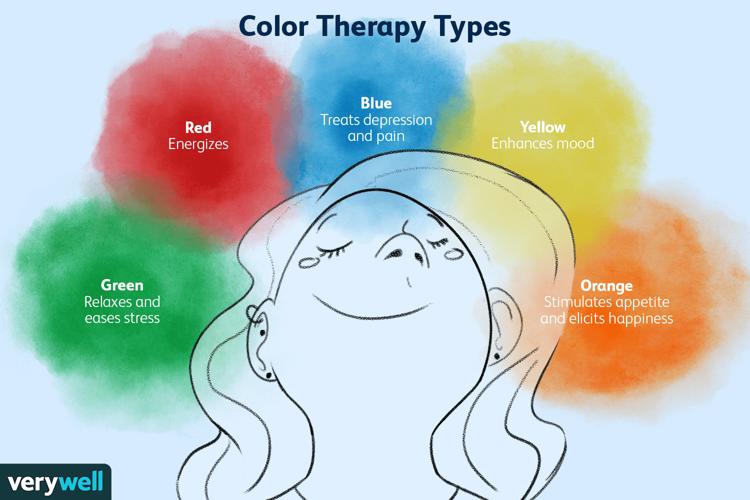The Science Behind Color Therapy: How Effective Is It?
Exploring the Therapeutical Aspects of Colors

Frequently Asked Questions
Common colors include red for energy, blue for tranquility, yellow for happiness, green for balance, and purple for creativity. Each color has its own unique psychological effects that can affect mood and emotional well-being.
While there are studies that suggest potential benefits of color therapy on mood and emotional states, the scientific community remains divided. Some studies show positive effects, while others find no significant evidence to support its efficacy. More rigorous research is needed.
Step by Step Guide
1
Understanding Color Therapy
Color therapy, also known as chromotherapy, is an alternative healing method that uses colors and their wavelengths to promote mental, physical, and emotional well-being. Begin by familiarizing yourself with the principles of color therapy and its historical roots in different cultures, such as Ayurveda and ancient Egyptian medicine.
2
The Psychology of Colors
Study the psychological effects that different colors have on human emotions and behavior. For instance, red is often associated with passion and energy, blue with calmness and serenity, and yellow with happiness and optimism. This understanding will help in utilizing color effectively in therapy.
3
Exploring the Spectrum of Colors
Dive into the visible light spectrum, which ranges from violet to red, and examine how each color corresponds to different wavelengths and energies. This can provide a scientific framework for understanding how colors may affect mood and physiology.
4
Researching Existing Studies
Look for scientific studies and articles that discuss the efficacy of color therapy. Explore both supportive and skeptical views on the topic, paying special attention to statistical analyses and results from clinical trials to assess the therapy's effectiveness.
5
Implementing Color Therapy
Once you understand the theory, consider trying color therapy techniques yourself. You could use colored lights, wear specific colored clothing, or decorate your environment with chosen colors to observe how they affect your mood and state of mind.
6
Tracking Your Progress
Keep a journal to document your experiences with color therapy. Note any changes in mood, energy levels, and overall well-being after each session. This reflection will help you determine if certain colors resonate better with you.
7
Consulting Professionals
If you feel that color therapy could significantly benefit your well-being, consider consulting a professional therapist who specializes in this area. They can provide personalized guidance and deeper insights into effective practices.
8
Assessing Results
After a period of practice, evaluate your progress. Do you feel different emotionally or mentally? Assess whether the use of colors has had a positive impact on your stress levels, anxiety, or mood.
9
Skepticism and Criticism
Be aware of the skepticism surrounding color therapy. Understand both sides of the debate, recognizing that while many swear by its effectiveness, others argue there is no scientific basis for its claims. This awareness will help to develop a balanced view.
10
Exploring Further Applications
Investigate other fields where color therapy may be applied, such as in art therapy, design, and marketing. Each of these fields utilizes colors intentionally to elicit specific responses, demonstrating the broader implications of color therapy beyond personal use.








